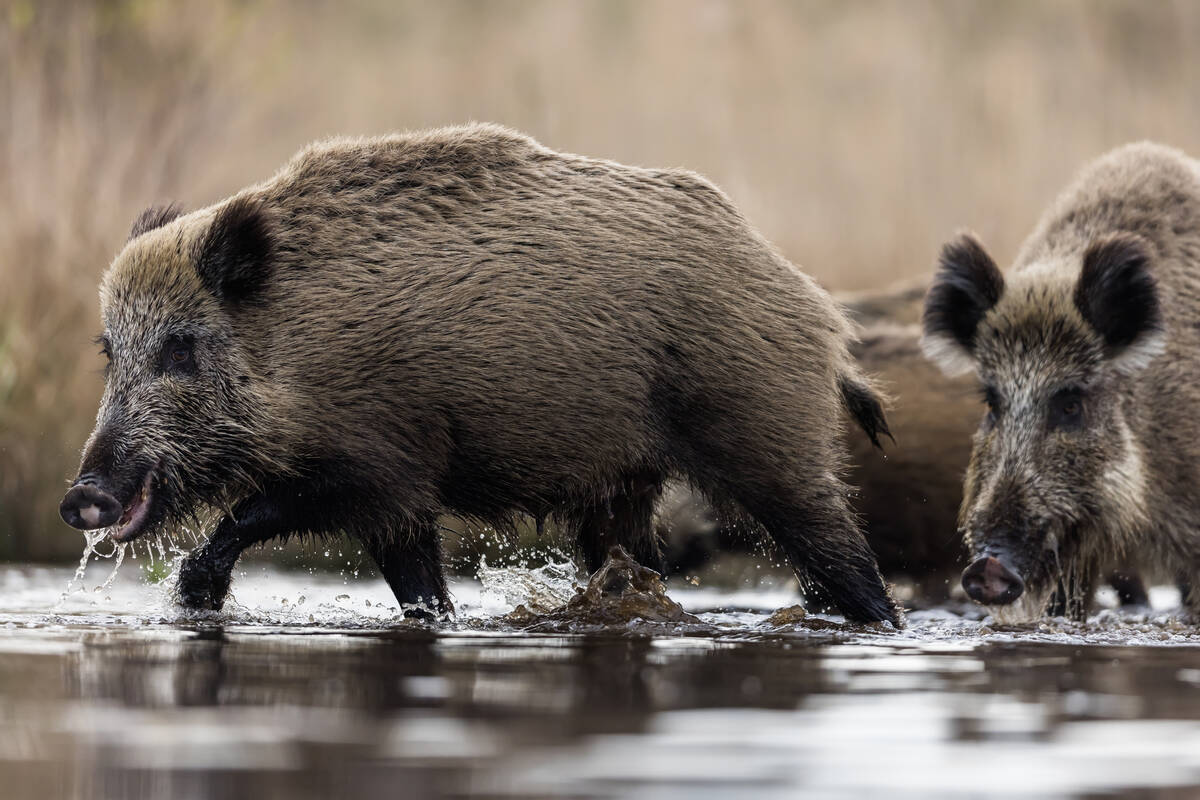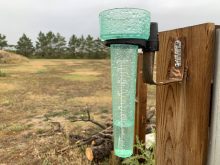Farmers should be testing their grains and forages for mycotoxins before feeding them to livestock, says an animal nutrition company.
Canadian harvest samples submitted for Alltech’s 2017 analysis show that grains and forages contained mixtures of mycotoxins such as deoxynivalenol (DON), zearalenone (ZEA) and T-2/HT-2.
“On average there was higher levels of DON than previous years,” said Alexandra Weaver, Alltech’s mycotoxin management technical specialist.
That finding surprises Daryl Beswitherick, program manager of quality assurance standards with the Canadian Grain Commission.
“Wow. That’s not what we have seen this year,” he said.
Read Also

Manitoba bans wild boar possession
Manitoba has tightened the regulatory status of Eurasian wild boar in an effort to help fight back against invasive wild pigs.
The commission doesn’t test for mycotoxins in its harvest sample program, but it does monitor grain shipments.
“We haven’t heard any concerns about mycotoxins at this point. Fusarium is non-existent on the Prairies,” said Beswitherick.
“I would be surprised if there are any levels of DON.”
Ochratoxin A (OTA) can develop in the bin, but again he doubts that will be a problem.
“With this year’s crop being as dry as it was when it was harvested, that lowers the likelihood of having OTA in this year’s crop,” said Beswitherick.
Weaver acknowledged that most of the samples Alltech has analyzed come from an Ontario lab, and it was a wet growing season in that province.
However, it has also looked at samples from the prairie region and some mycotoxins are appearing. For instance, recent barley samples from Alberta and Manitoba contained average DON levels of slightly more than one part per million.
Weaver said Saskatchewan had lower than average DON levels in grains but higher than average in forages, while Manitoba was the reverse.
She said there are pockets of clean grain and then some areas where it is highly contaminated, which is why growers should have their grain tested.
Alltech offers tests that range from a simple US$10 on-farm test for one specific type of mycotoxin to a sophisticated $250 lab test for 40 mycotoxins.
Feeding DON-contaminated feedstuffs to cattle can lower dry matter intake, change rumen function and gut health and lead to reduced milk production.
Alltech encourages growers to be proactive rather than reactive when it comes to managing mycotoxins. Proper storage of feed, especially silage, reduces the risk of further mycotoxins developing.
“Although they can’t really do anything with what they already have from the field, if they can prevent further moulds and mycotoxins, that’s really helpful,” said Weaver.
Alltech Canada is hosting two webinars Dec. 6 to discuss its 2017 harvest results.
















